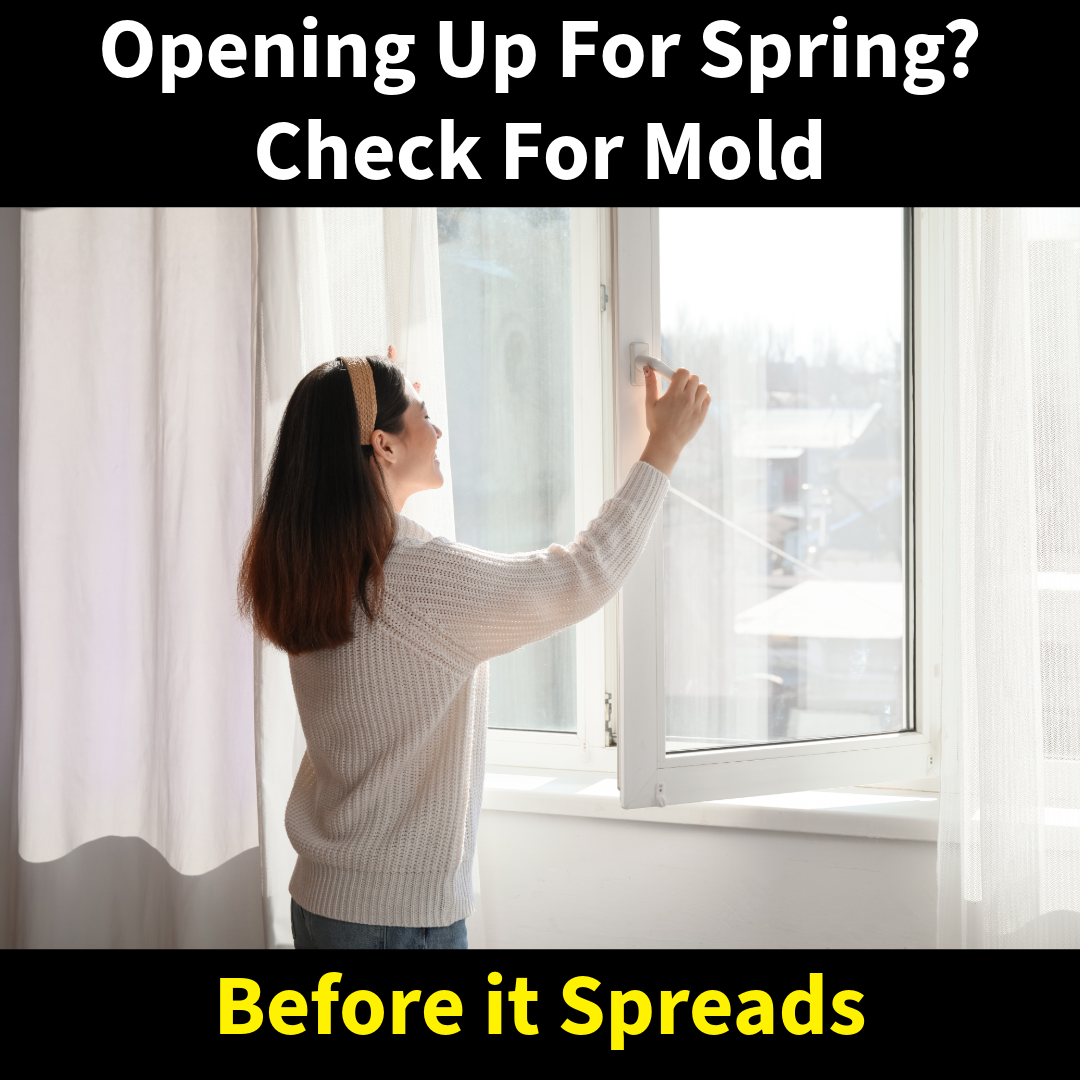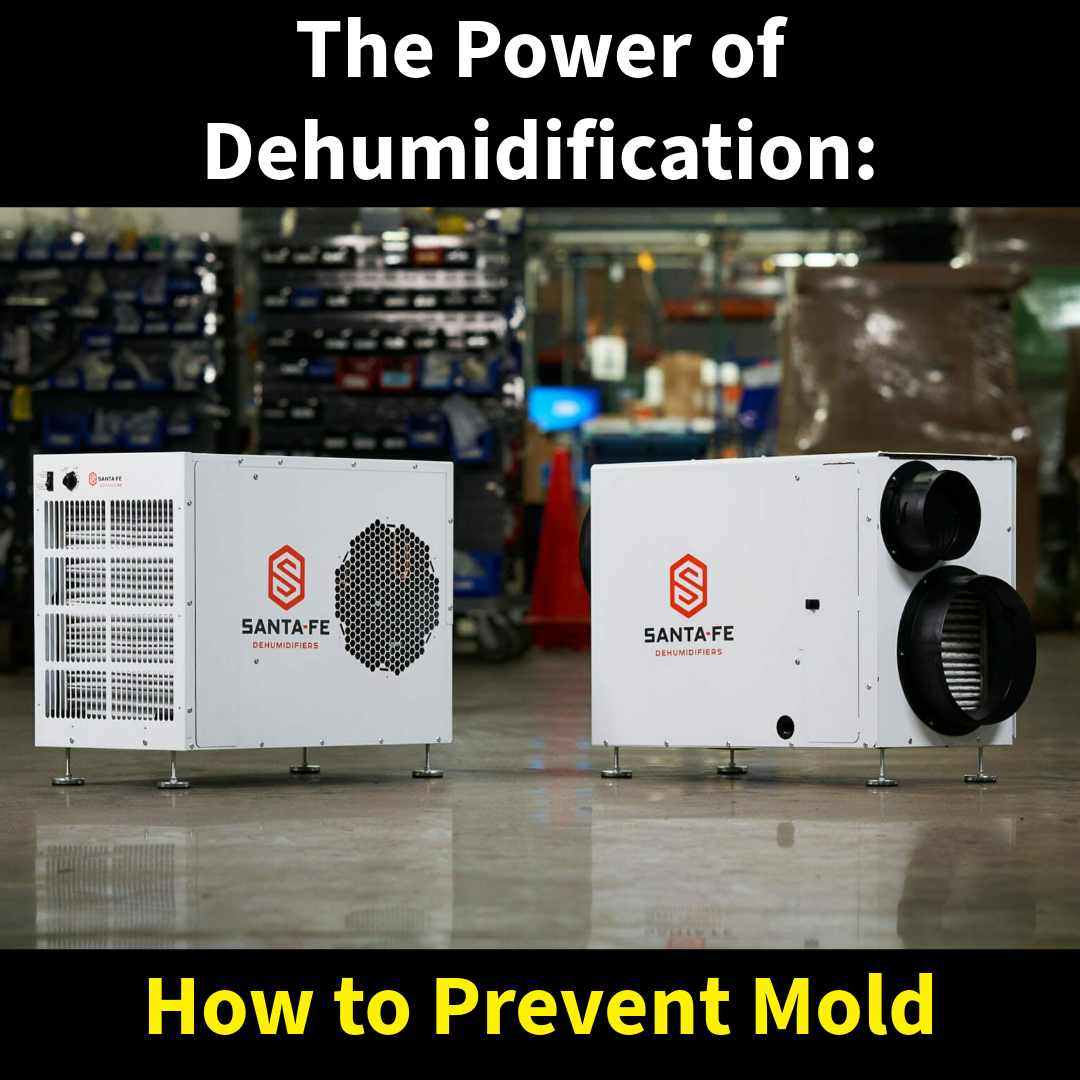As the weather warms up and we finally get to open the windows, air out our homes, and start spring cleaning, many homeowners discover something unexpected—and unwelcome: mold.
Mold thrives in dark, damp, and enclosed environments. So while your home was sealed up all winter, moisture from humidity, minor leaks, or poor ventilation may have been feeding a hidden mold problem. And once you start disturbing dust, moving furniture, or letting fresh air in, that mold can spread fast.
Why Spring Is Prime Time for Mold Discoveries
- Humidity Shifts: Spring brings more moisture into the air. If your home isn’t properly ventilated, humidity can trigger new mold growth or make existing colonies worse.
- Basements & Crawlspaces: These areas are especially vulnerable in spring as snowmelt or rainwater seeps in.
- Roof & Gutter Leaks: Winter weather can damage roofing materials and clog gutters. Once spring storms roll in, unnoticed damage becomes a source of interior moisture.
- Condensation: Windows and pipes may still be cool while warmer, damp air enters—creating condensation and mold-friendly surfaces.
What to Watch For
- Musty or earthy odors
- Stains or discoloration on walls, ceilings, or floors
- Allergies that worsen indoors
- Visible black, green, or white fuzzy patches
Don’t Just Clean It—Test It
Wiping mold away doesn’t mean your problem is gone. In fact, you may have even spread spores around your home when attempting to clean it. Proper identification and cleaning can help prevent cross contamination, and assure it’s done properly.
At MSI, we’ve been inspecting and testing mold since 1998. With over 10,000 successful tests completed, we know what to look for—and how to help you fix it the right way. If you’re opening your home up for spring and something seems off, don’t wait.


